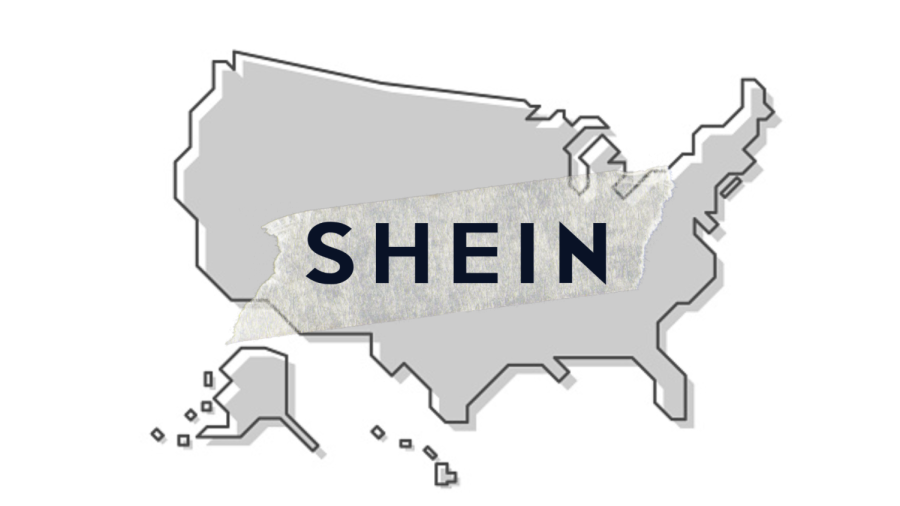Shein expands business into US market
September 26, 2022
Fast fashion has become even faster. Shein, the Chinese fast-fashion online retailer, is expanding its facilities in the United States with plans to open two more distribution centers.
These distribution centers are to help shorten the shipping times by three to four days, George Chiao, who is president of Shein’s U.S. operations, told The Wall Street Journal.
Customers currently have to wait 10 to 15 days for orders. This is usually longer than online competitors and other fast-fashion brands. These include Amazon.com Inc., Industria de Diseño Textil SA’s Zara and Hennes & Mauritz ADR, or simply H&M.
It opened its first U.S. facility in Whitestone, Indiana in April. There are currently plans to expand by 50% with projections of hiring more than 1,400 employees by the end of 2025.
The warehouse will generate $175 million per year to the local economy of the Whitestown area, according to a recent impact study.
“As SHEIN expands their U.S. presence, I’m glad they’ve chosen to call America’s heartland home,” Rep. Jim Baird said in a press release. “I look forward to the positive impacts their presence in Boone County will have on our community.”
A facility in California is set to open in 2023 to serve as the main distribution hub on the West Coast, while the Indiana facility will focus on the Midwest. A northeastern location is also in the works for customers on the East Coast.
The company’s most recent evaluation earlier this year was at $100 billion. It earned $16 billion last year, according to Credit Suisse Group AG retail analyst Simon Irwin, and it is ranked as the third most-valuable startup in the world.
The China-based fashion e-commerce brand was founded in 2008 in Nanjing by CEO Chris Xu. He originally launched the website under the domain “SheInside,” according to Vox.
The business sold wedding dresses and women’s fashion, sourcing products from the Shisanhang Garment Wholesale Market in Guangzhou.
By 2015, it shortened its name to “SHEIN” and had its own supply chain system. It also bought Romwe, another fashion e-commerce site based in China.
The company steadily expanded its operations worldwide and now ships to 220 countries, with the United States being its biggest market.
What might have helped propel the company’s current success is its marketing platform. It recruited celebrities like rapper Lil Nas X and pop singer Katy Perry for the “SHEIN Together” festival, an online event to benefit the COVID-19 Solidarity Response Fund in May 2020.
Shein also adopted social media marketing early on, according to Vox. It collaborated with bloggers for giveaways and promoted products on Facebook, Instagram and Pinterest.
On top of that, the company receives many mentions from influencers and online content creators — many of whom are Gen Z — who do “haul” segments and highlight the company’s cheap prices. Shein also has a program to collaborate with interested influencers, increasing the online exposure of both the company and the creator.
The company’s shopping app became the most downloaded app in the United States in 2021, beating out Amazon and becoming the largest online-only fashion company in the world, according to Insider.
The company had pop-up shops open throughout Texas, with the most recent one opened in San Antonio from Sept. 9 to Sept. 11.
Despite controversies — including selling a necklace with a swastika, copying other designers, elevating its environment’s lead levels and exercising questionable labor practices — the fastfashion brand doesn’t seem to be slowing down anytime soon. Shein’s expansion in the United States may only be a proponent of things to come from the company.









Carol Millar • Oct 4, 2022 at 8:51 pm
Has anyone every been picked as a winner and received a prize